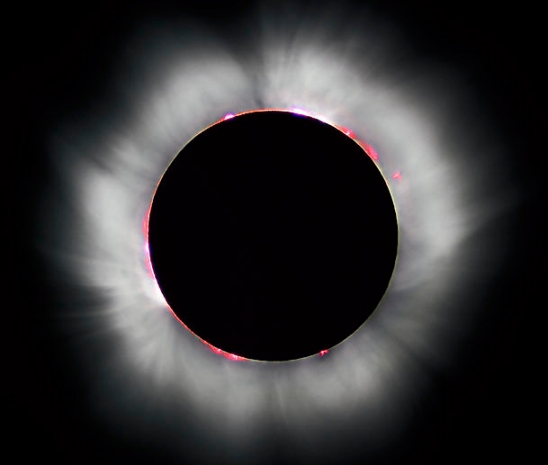
The Smithsonian Museum of Natural History tells us the story of human evolution as if it has all been figured out:
One of the earliest defining human traits, bipedalism — the ability to walk on two legs — evolved over 4 million years ago. Other important human characteristics — such as a large and complex brain, the ability to make and use tools, and the capacity for language — developed more recently…Early humans first migrated out of Africa into Asia probably between 2 million and 1.8 million years ago. They entered Europe somewhat later, between 1.5 million and 1 million years.
Of course, any serious scientist knows that what little data we have on such matters don’t support the confident tone used by the Smithsonian. Indeed, a recent study published in Proceedings of the Geologists’ Association indicates that at least some of what The Smithsonian Museum of Natural History says is wrong.
The study focuses on several footprints (two of which are shown above). The authors say that the footprints most likely come from a hominin, which is a general term that refers to humans and their supposed evolutionary ancestors. Why do they think the tracks belong to a human ancestor? They state:
The tracks indicate that the trackmaker lacked claws, and was bipedal, plantigrade, pentadactyl and strongly entaxonic.
As far as we know, this set of characteristics appears only in humans and their supposed evolutionary ancestors.
Continue reading “These Footprints Will Probably Inspire Some Impressive Storytelling”









